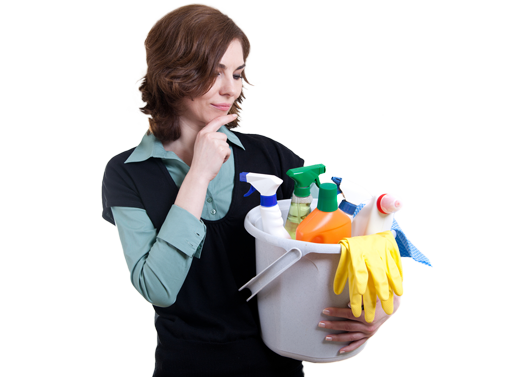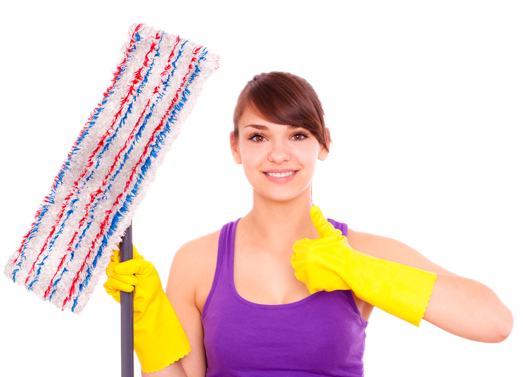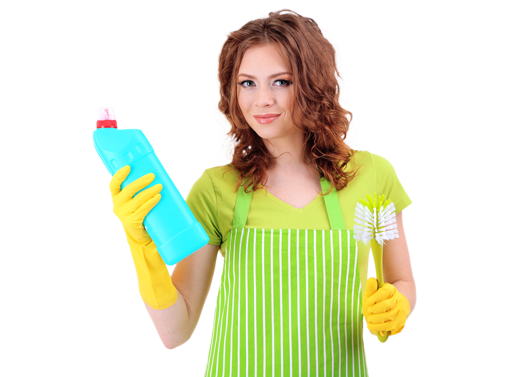Mastering the Art of Cleaning Burnt Stovetops
Posted on 22/05/2025
Mastering the Art of Cleaning Burnt Stovetops: The Ultimate Guide
A burnt stovetop can be a home chef's worst nightmare-- splotches of charred residue, stubborn stains, and built-up grease not only look unappealing but can also reduce the efficiency of your appliance. But don't despair! Mastering the art of cleaning burnt stovetops is easier than it seems. Whether you have a glass, gas, or electric stove, this comprehensive guide will show you step-by-step methods, secret tips, and the best maintenance routines to keep your stovetop spotless and functional.
Why Is It Important to Keep Your Stovetop Clean?
Cleaning burnt stovetops is more than just about appearances. Regular maintenance of your stovetop offers multiple benefits:
- Ensures efficient cooking by promoting even heat distribution.
- Prevents bad odors caused by lingering burnt food residue.
- Banishes bacteria and contaminants that thrive in food debris.
- Extends the lifespan of your appliance and reduces the risk of fires.
The art of burnt stovetop cleaning involves using the right techniques and products for different types of stoves and levels of residue. Let's break down the process for every kind of cooktop!
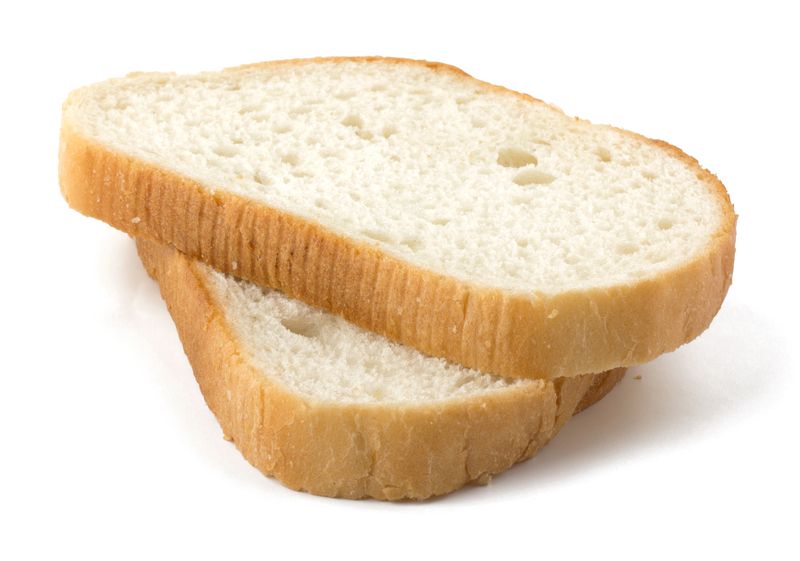
Understanding Your Stovetop Type
Before you begin any cleaning session, it's crucial to identify your stovetop's type. Each surface has its own cleaning requirements:
- Gas Stovetops: Feature removable iron grates and burners, which can trap burnt-on foods and grease.
- Electric Coil Stovetops: Include raised coils with drip pans underneath, making crumbs and spills more likely to accumulate.
- Glass or Ceramic Stovetops: Present a sleek, flat surface but are more prone to visible scorch marks and scratches.
Choosing the right method for cleaning burnt stovetops depends greatly on the material and design.
How to Clean Burnt Residue from a Gas Stovetop
Basic Supplies You'll Need
- Dish soap
- Baking soda
- White vinegar
- Non-abrasive sponge or cloth
- Optional: Old toothbrush, razor blade scraper
Step-by-Step Gas Stovetop Cleaning Process
- Remove the Grates and Burners: Make sure the stovetop is turned off and completely cool. Lift off the grates and burners for separate cleaning.
- Soak in Hot, Soapy Water: Place all removable parts in a sink filled with very hot water and dish soap. Let them soak for at least 15-30 minutes to loosen burnt debris.
- Scrub the Stovetop Surface: Sprinkle a mixture of baking soda and a little water onto burnt areas. Use a non-abrasive sponge to gently scrub the residue. For extra-tough stains, allow the baking soda paste to sit for 15 minutes before scrubbing.
- Tackle Stubborn Spots: If residue persists, spray white vinegar onto the baking soda paste. The fizzing reaction helps break down burnt-on messes. Use an old toothbrush or a razor blade scraper (carefully!) for persistent gunk.
- Rinse and Dry: Wipe away all remaining cleaner with a clean, damp cloth. Make sure the surface is completely dry before replacing the grates and burners.
How to Clean Burnt Spots on an Electric Stovetop
Materials for Electric Stovetop Cleaning
- Dish soap and warm water
- Baking soda
- White vinegar (optional)
- Sponge or soft cloth
- Old toothbrush for detailing
Electric Coil Cleaning Instructions
- Unplug and Remove Coils: Always ensure the coils are cool and the appliance is unplugged before cleaning.
- Clean Drip Pans Separately: Remove drip pans and soak them in a hot, soapy water solution. Scrub with a sponge or brush after 30 minutes.
- Wipe the Surface: Clean the flat surface underneath with a damp cloth and mild soap. Avoid excessive moisture near electrical connections.
- Address Burnt Food: Apply a baking soda paste to burnt spots on the coils or pans. After 15 minutes, scrub gently with a non-abrasive sponge or toothbrush. Wipe off residue with a damp cloth.
- Reassemble the Stovetop: Ensure all parts are completely dry and securely in place before plugging back in.
How to Clean Burnt-On Messes from Glass or Ceramic Stovetops
Tools & Materials for Glass Stovetops
- Baking soda
- White vinegar
- Microfiber cloth or sponge
- Plastic scraper or specialized cooktop scraper
- Glass stove cleaner (optional)
A Gentle Yet Effective Approach
- Let the Surface Cool: Never clean a hot glass cooktop. Wait until it's completely cool to avoid burns and ensure safety.
- Apply Baking Soda Paste: Sprinkle baking soda over burnt spots and spritz with vinegar. Let it fizz for a few minutes before laying a damp towel over the surface for 15-20 minutes.
- Scrape Carefully: Use a plastic scraper held at a 45-degree angle to gently lift away softened burnt residue. Avoid metal tools that can scratch the glass.
- Buff and Polish: Wipe down the cooktop with a clean microfiber cloth. You can finish with a specialized glass stove top cleaner for added shine and protection.
Tip: Always use soft materials on glass or ceramic stovetops to prevent scratches. Microfiber is your best friend!
Natural Remedies vs. Commercial Cleaners: Which Is Best?
For those wanting to master the art of cleaning burnt stovetops while being mindful of their health and the environment, natural cleaning solutions like baking soda and vinegar can be just as effective as store-bought products. But, in cases of extreme burn marks or long-neglected stoves, specially formulated commercial cleaners might be necessary for restoration.
- Natural Solutions: Non-toxic, budget-friendly, and universally available.
- Commercial Cleaners: Designed specifically for fast, deep cleaning of tough stains. Always read instructions to ensure compatibility with your cooktop type.
Preventing Burnt-On Messes: Proactive Maintenance Tips
Mastering the art of burnt stovetop maintenance means less frequent deep cleans in the future. Here are tried-and-true strategies for keeping your stovetop in top shape:
- Wipe Spills Promptly: Clean up spills and splatters as soon as your cooking session ends, while they're still fresh and easy to remove.
- Use Burner Liners: Disposable or reusable liners under burners and coils can catch drips before they become a problem.
- Simmer With Lids: Keeping lids on pots reduces splashes, boiling over, and the risk of burnt-on food.
- Monthly Deep Cleaning: Schedule a thorough cleaning session once a month, even if your stovetop looks clean. This habit prevents the gradual buildup of hard-to-remove gunk.
- Choose Cookware Wisely: Use flat-bottomed pans that sit evenly on the burner to avoid food spilling onto the cooktop.
Expert Hacks for Tackling the Toughest Burnt Stains
Sometimes, regular methods just aren't enough for stubborn, burnt-on messes. Here are some expert-approved hacks for those particularly challenging situations:
1. The Hot Towel Technique
Soak a thick towel in hot water mixed with a dash of dish soap. Lay the towel across the burnt area and let it steam for 15-20 minutes. The heat and moisture help loosen even the most persistent grime before you scrub.
2. The Razor Blade Trick (For Glass Stovetops Only)
Under careful conditions, a clean razor blade held at an angle can be a safe and effective way to scrape away burnt residues on a glass stovetop. Always wet the surface well and never use a blade on dry or gritty areas.
3. Lemon Juice Boost
Lemon's natural acidity can work wonders on burnt stains. Squeeze fresh lemon juice over the charred area, let it sit for 10 minutes, and then scrub with baking soda. The combination is a natural powerhouse for dissolving burnt food.
4. The Overnight Baking Soda Soak
For exceedingly tough burnt spots, create a thick baking soda paste, apply generously, cover with plastic wrap, and let it sit overnight. In the morning, the residue should lift more easily with minimal scrubbing.
What to Avoid When Cleaning Burnt Stovetops
To maintain your stovetop's surface and ensure safety, always avoid the following:
- Using steel wool or harsh scouring pads (can scratch and damage surfaces)
- Spraying cleaners directly onto electrical coils or gas openings
- Allowing moisture to seep into burners, igniters, or electrical components
- Using oven cleaners on ceramic or glass stovetops (unless specifically recommended)
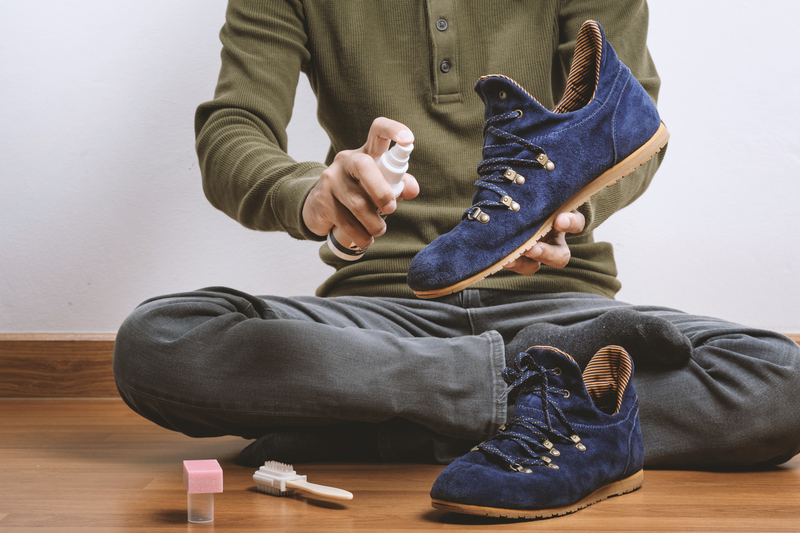
Frequently Asked Questions on Cleaning Burnt Stovetops
Q: How often should I clean my stovetop?
A: For best results, wipe down your stovetop after every use and perform a deep cleaning at least once a month or more if you cook frequently.
Q: Can I use commercial degreasers on all types of stovetops?
A: Not always. Check your stovetop manufacturer's recommendations before using any commercial degreaser, as some products may damage certain surfaces, especially glass and ceramic.
Q: What's the best way to remove burnt sugar spills?
A: Burnt sugar can be particularly sticky and stubborn. Apply a vinegar-soaked cloth to the area for 15 minutes, then use a plastic scraper to lift the residue without scratching the surface.
Q: Are there any homemade cleaning solutions for burnt stovetops?
A: Absolutely! Baking soda and vinegar are effective, as is a paste of hydrogen peroxide and baking soda for extra-tough stains.
Conclusion: Mastery Through Consistency and Care
- Cleaning burnt stovetops doesn't have to be a dreaded chore.
- Using the right techniques for your stovetop type, armed with the best products or natural solutions, you can effortlessly keep your kitchen appliance gleaming.
- Incorporating preventive maintenance into your routine keeps burnt-on messes at bay and extends your stovetop's life.
- Remember, the essence of mastering the art of cleaning burnt stovetops lies in consistency, gentleness, and immediacy of action to tackle spills before they become problems.
Now that you've unlocked the secrets to mastering burnt stovetop cleanup, cooking and entertaining in your kitchen will be more enjoyable, safe, and mess-free!


